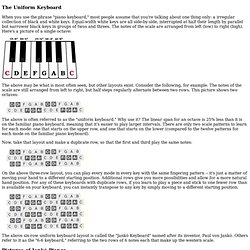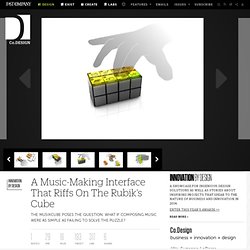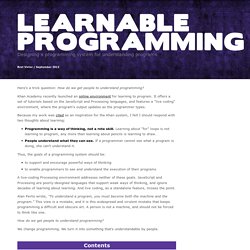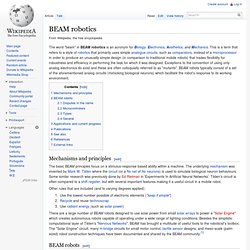

The Uniform Keyboard. The Uniform Keyboard When you use the phrase "piano keyboard," most people assume that you're talking about one thing only: a irregular collection of black and white keys.

Equal-width white keys are all side-by-side, interrupted at half their length by parallel but narrower black keys in groups of twos and threes. The notes of the scale are arranged from left (low) to right (high). Here's a picture of a single octave: The above may be what is most often seen, but other layouts exist. The above is often referred to as the "uniform keyboard. " Now, take that layout and make a duplicate row, so that the first and third play the same notes: On the above three-row layout, you can play every mode in every key with the same fingering pattern -- it's just a matter of moving your hand to a different starting position.
The above six-row uniform keyboard layout is called the "Jankó Keyboard" named after its inventor, Paul von Jankó. Pictures of Jankó Pianos Jankó Pianos (pictures pending) Both Dr. Dr. Hex OSC Full Harmonic Keyboard. A Music-Making Interface That Riffs On The Rubik’s Cube. For most of the history of musical instruments, form followed function.

Be it a trumpet or a tambourine, the objects themselves were shaped first and foremost to create a certain quality of sound. But in the MIDI era, when digital samples can reproduce the sound of any instrument at the press of a button, there’s no reason to stay so traditional. Yet there’s got to be a better alternative to sitting at a QWERTY keyboard with a few extra knobs. MusixCube is a fantastic illustration of this point. A conceptual thesis project by Hauke Scholz, the MusixCube, as you may have guessed, is a riff on the Rubik’s Cube. “I always thought there has to be a possibility of getting away from knobs and the mouse," Scholz tells Co.Design.
Think of MusixCube as an interesting variation on the remote control. Learnable Programming. Here's a trick question: How do we get people to understand programming?

Khan Academy recently launched an online environment for learning to program. It offers a set of tutorials based on the JavaScript and Processing languages, and features a "live coding" environment, where the program's output updates as the programmer types. Because my work was cited as an inspiration for the Khan system, I felt I should respond with two thoughts about learning: Programming is a way of thinking, not a rote skill. Learning about "for" loops is not learning to program, any more than learning about pencils is learning to draw.People understand what they can see.
Thus, the goals of a programming system should be: to support and encourage powerful ways of thinkingto enable programmers to see and understand the execution of their programs A live-coding Processing environment addresses neither of these goals. Alan Perlis wrote, "To understand a program, you must become both the machine and the program. " "MUMIKO: Tocar musica sin conocimiento previo - UniverMind. Un instrumento musical digital que permite crear, improvisar e interpretar melodías y canciones sin precisar conocimiento de la técnica, creó el emprendedor chileno Rodrigo Stanger.

Se trata de “MUMIKO”, que permite a todo tipo de personas improvisar y componer sus propias melodías y canciones, sin pasar por los extensos periodos de entrenamiento requeridos por los instrumentos musicales tradicionales. BEAM robotics. The word "beam" in BEAM robotics is an acronym for Biology, Electronics, Aesthetics, and Mechanics.

This is a term that refers to a style of robotics that primarily uses simple analogue circuits, such as comparators, instead of a microprocessor in order to produce an unusually simple design (in comparison to traditional mobile robots) that trades flexibility for robustness and efficiency in performing the task for which it was designed. Exceptions to the convention of using only analog electronics do exist and these are often colloquially referred to as "mutants". BEAM robots typically consist of a set of the aforementioned analog circuits (mimicking biological neurons) which facilitate the robot's response to its working environment. Mechanisms and principles[edit] Other rules that are included (and to varying degrees applied): BEAM robots[edit] Disputes in the name[edit] Various people have varying ideas about what BEAM actually stands for. Microcontrollers[edit]